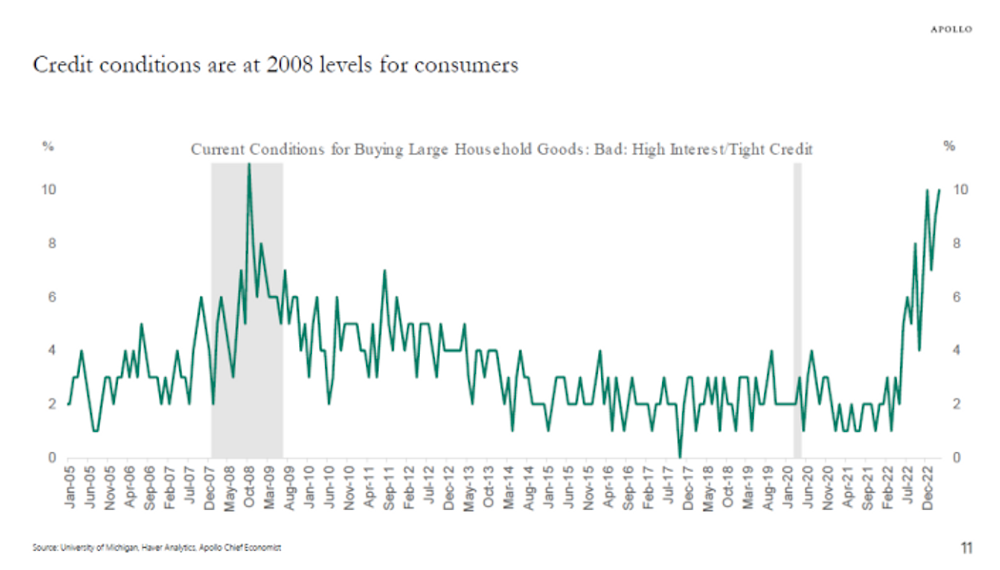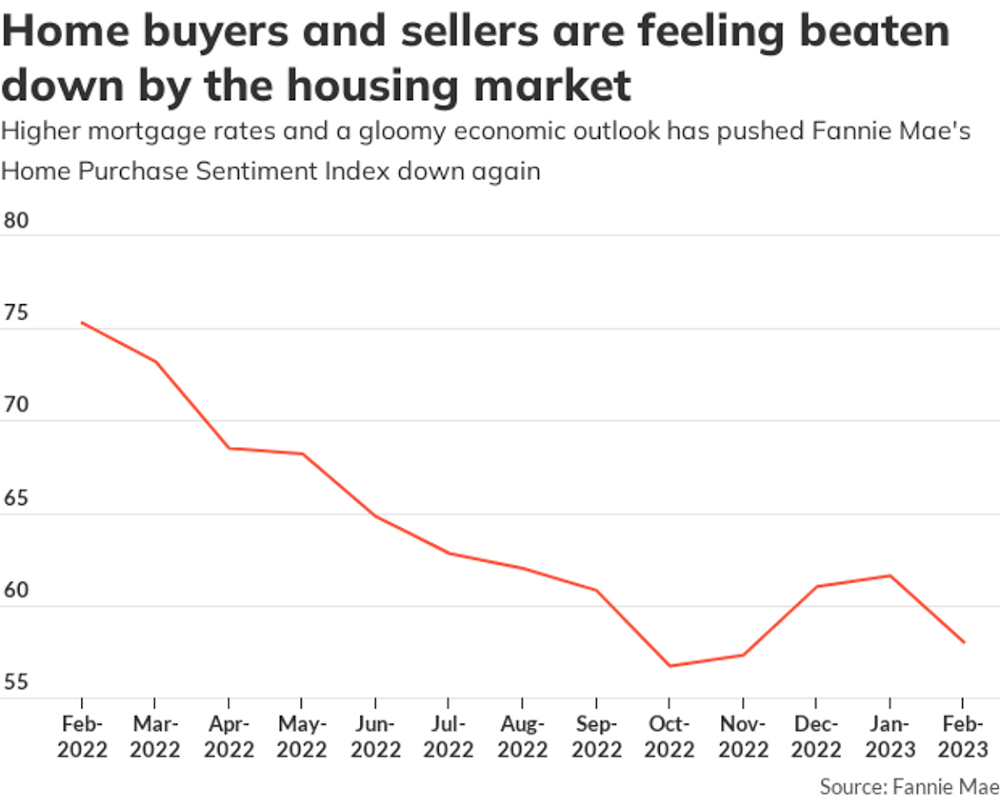WASHINGTON (MarketWatch)
Federal Reserve officials looking to taper considered going back to a calendar date to end asset purchases or setting a total size of the bond buys, according to minutes from the October meeting released that suggested the central bank is looking for ways to exit or at least slow down the controversial program in fairly short order
Minutes from the Oct. 29-30 meeting showed that officials were considering reducing the size of the Fed's asset purchase program - even "before an unambiguous further improvement in the [labor-market] outlook was apparent."
And "many members" - by members, the Fed is referring to voters - "stressed the data-dependent nature of the current asset purchase program, and some pointed out that, if economic conditions warranted, the Committee could decide to slow the pace of purchases at one of its next few meetings."
Federal Reserve officials looking to taper considered going back to a calendar date to end asset purchases or setting a total size of the bond buys, according to minutes from the October meeting released that suggested the central bank is looking for ways to exit or at least slow down the controversial program in fairly short order
Minutes from the Oct. 29-30 meeting showed that officials were considering reducing the size of the Fed's asset purchase program - even "before an unambiguous further improvement in the [labor-market] outlook was apparent."
And "many members" - by members, the Fed is referring to voters - "stressed the data-dependent nature of the current asset purchase program, and some pointed out that, if economic conditions warranted, the Committee could decide to slow the pace of purchases at one of its next few meetings."




















6 comentarios:
WASHINGTON (MarketWatch) — Federal Reserve officials considered going back to a calendar date to end asset purchases, according to minutes from the October meeting released Wednesday that suggested the central bank is looking for ways to exit or at least slow down the controversial program in fairly short order.
By a 9-to-1 vote, the Fed on Oct. 30 continued the $85 billion-per-month asset-purchase program, otherwise known as QE3, and made little changes to the language in the statement. But those few changes obscured that behind closed doors, officials were throwing all sorts of ideas up against the wall.
Minutes from the Oct. 29-30 meeting showed that officials considered reducing the size of the asset-purchase program even “before an unambiguous further improvement in the [labor-market] outlook was apparent.” And “many members” — by members, the Fed is referring to voters — “stressed the data-dependent nature of the current asset purchase program, and some pointed out that, if economic conditions warranted, the committee could decide to slow the pace of purchases at one of its next few meetings.”
The view reflected in the minutes was apparent in addresses over the last 24 hours from Federal Reserve Chairman Ben Bernanke and St. Louis Fed President James Bullard, the latter of whom said a December reduction in bond purchases was “on the table.”
Participants generally “expressed reservation” about a simple mechanical rule to adjust the pace of asset purchases to a single variable such as the unemployment rate or payroll employment. “Some” participants said it might be better to have an even simpler plan, to announce a total size of remaining purchases or a timetable for winding down the program.
“A calendar-based step-down would run counter to the data-dependent, state-contingent nature of the current asset purchase program, but it would be easier to communicate and might help the public separate the committee’s purchase program from its policy for the federal funds rate and the overall stance of policy,” the minutes said.
The Fed also was eager to clarify or strengthen the forward guidance for rates. “Several” said extra qualitative information could be provided after the 6.5% unemployment rate threshold was actually reached, which by the Fed’s own projections could come next year.
A “couple” wanted to reduce the 6.5% unemployment rate threshold, and a “few” wanted to add that the federal funds rate wouldn’t be raised as long as inflation was projected to run below a given level.
Also on the chalkboard: reducing the interest rate paid on excess reserves, setting up a standing purchase facility for shorter-term Treasury securities or providing term funding through repurchase agreements.
The Fed also discussed how to taper: a “number” said making roughly equal reductions in Treasurys and mortgage-backed securities would be appropriate and easy to communicate, “some others” said Treasury securities should be more aggressively reduced to signal an intention to support the mortgage market, while one participant said trimming MBS first would reduce the potential for distortions in credit allocation.
One other noteworthy event is that the Fed considered whether to discuss the effect of the government shutdown. They opted not to, so as not to “overemphasize the role of the shutdown in the committee’s policy deliberations.”
WASHINGTON (MarketWatch) -- St. Louis Fed President James Bullard said tapering is on the table in December, according to reports from an address in Chicago. A strong November jobs report would increase chances of a December taper, he said. He also said he would like to study impact of negative deposit rates, which could make sense to boost bank lending.
La Fed podría iniciar la retirada gradual de su programa de estímulo "en los próximos meses"
Si la economía continúa su mejora, según las actas de su reunión de octubre
Mantiene un programa de compra de activos por 85.000 millones al mes
Bernanke dijo que mantendrá las políticas expansivas mientras sea necesario
En el mismo sentido se manifestó Yellen, nominada para sustituir a Bernanke
Los miembros de la Reserva Federal (Fed) consideran que podría iniciarse la retirada gradual del programa de compra de bonos "en los próximos meses", si las condiciones económicas continúan su mejora, de acuerdo con las actas de su pasada reunión de octubre.
"Se espera que los datos económicos se demuestren consistentes con las perspectivas de una mejora de las condiciones en el mercado laboral, y garantizar así la reducción del ritmo de compra de bonos en los próximos meses", señala el documento de la Fed.
Asimismo, agrega que el Comité de Mercado Abierto, que dirige la política monetaria de EE.UU., iniciaría "la ralentización de las compras en alguno de los próximos encuentros".
El banco central estadounidense mantiene un programa de inyección de liquidez en la economía mediante la compra de activos por valor de 85.000 millones de dólares al mes: deuda a largo plazo por 45.000 millones y valores respaldados por hipotecas por 40.000.
La tasa de desempleo sigue siendo elevada
"Aunque algunos indicadores de las condiciones del mercado laboral han mostrado una mejoría, la tasa de desempleo sigue siendo elevada", subrayan las actas.
Actualmente, el desempleo en EE.UU. se encuentra en el 7,3%, y la Fed ha insistido en su intención de no reducir el programa de estímulo hasta que se reduzca al entorno del 6,5%.
La intención de reducir el multimillonario programa de compra de bonos había sido ya adelantada en mayo por el presidente del banco central, Ben Bernanke, pero los problemas políticos en Washington que derivaron en el cierre parcial de la Administración federal y el peligro de una suspensión de pagos han retrasado esta posibilidad.
Bernanke y Yellen respaldan la política expansiva
De hecho, la jornada precedente Bernanke reiteró "el compromiso de la Fed de mantener las políticas monetarias expansivas todo el tiempo que sea necesario".
"El Comité de Mercado Abierto todavía considera que las condiciones del mercado laboral continuarán su mejora y que la inflación se moverá hacia el objetivo del 2% a medio plazo.
Si estas opiniones son respaldadas por nueva información, se comenzará con probabilidad a moderar el ritmo de compra de bonos", indicó Bernanke en una conferencia con economistas.
La postura de Bernanke coincide con lo expresado por Janet Yellen, quien ha sido nominada por el presidente Barack Obama para presidir la Fed a partir del próximo 31 de enero, cuando Bernanke concluye su mandato.
Yellen, cuya nominación será sometida a voto en el comité bancario del Senado este jueves, insistió ante los congresistas en su audiencia de hace una semana en su intención de mantener las políticas actuales de la Fed mientras la economía lo necesite.
USD Índice de precios de producción (MoM)
-0.2% -0.2% -0.1%
Índices de Gestión de Compras de Manufacturas 54.3 52.4 51.8
Publicar un comentario